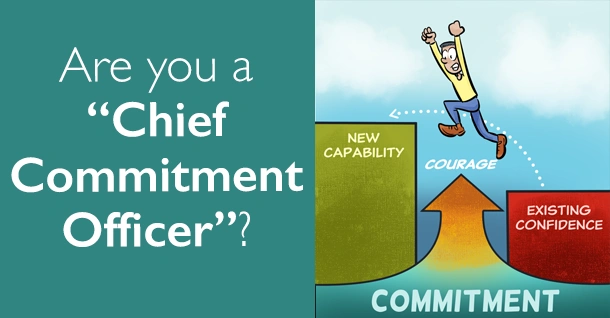Selling Backstage – The Key To Engaging Your Team
Shannon Waller

A lot of the entrepreneurs I deal with are incredibly good at selling. They have fabulous communication skills, they’re great listeners, and they make sales by really looking out for what their clients and customers want. That’s what selling is at its best: motivating people to take action on a positive future result.
[bctt tweet=”Selling is motivating people to take action on a positive future result.”]
Yet it doesn’t occur to them to do that with their team members.
“I’m paying them,” you might think, “so they should just do what I want.” Do your clients or customers just do what you want? No. You make a sale by getting into someone’s shoes, solving their problems, and connecting with their goals. And, just like clients, your team members might resist being told what to do, but they’ll respond to being given a compelling context.
At Strategic Coach, we “sell backstage” by using an incredibly powerful form of communication and delegation.
The first thing we do at the start of any new project is look at what we want to accomplish and explain why. Why this as opposed to something else? What’s the biggest difference this will make? If you’re not sold on this being a great idea, don’t try to convince anyone else!
Now describe what it will look like when this is done—and done well. How much effort should your team members put in? By when does it need to be done? How can they win? Nike can say, “Just do it!” but your team members need more than that from you. They need a clear picture of your success criteria so they can be confident, committed, and creative, and take action.
Next, engage the two most powerful emotions: excitement and fear.
Looking into the future, what exciting things are possible if you and your team members manage to achieve your ideal outcome? What will it do for your reputation, your resources, your capabilities, and your clients? These possibilities spark excitement, which sells people on why they’d want to be involved in the project.
Then flip it around and ask what happens if you fail badly at this—or don’t take any action at all. You don’t want to go into a pit of despair here, but map out the worst-case scenario so everyone understands what the potential pitfalls are and how to avoid them. Plus, the fear of that outcome is a powerful motivator too!
To get your business where it is, you’ve really honed your ability to talk to people on the Front Stage, to listen to their goals, their strengths, their worries, and their ambitions for the future. This is a very sophisticated skill.
All you need to do to sell to your “audience” backstage is to turn that skill around and have those same conversations with your team. You’ll find that all of a sudden, they’re completely on board and excited.
This is what great leaders do with their organizations: they look at their team members as an audience, address their issues, and get them inspired. And that’s what you do when you sell backstage.








